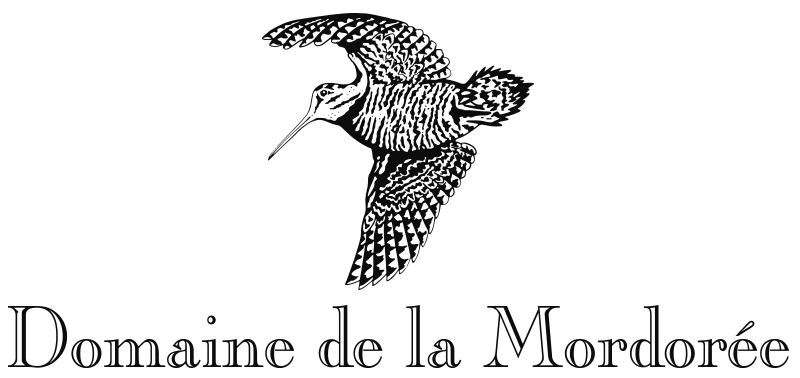Discover the Châteauneuf-du-Pape appellation, its rolled pebbles, its emblematic places and its terroirs.

Terroirs
There are three main subsoils in Châteauneuf du Pape :
• The plateau of La Crau, from the Villafranchian period (1.9 – 1.8 million years old) rich with round pebbles from the Rhône, and a notable layer of blue clay at 7 – 8 meter deep that plays an important role of humidity regulation in summer. This type of soil is particularly adapted to wind growing, and produces strongly characteristic wines, deep and complex.• The top plateau in the area of Cabrières is made up of both Villafranchian round pebbles from the Rhône and loose limestone from the older Urgonian Period cliffs (127 to 125 million years old) alongside the western area.
Other parcels are smaller, but very interesting for wine growing such as :
• The medium-height terrace of La Nerthe, which contains a smaller amount of of Villafranchian pebbles.• The lower Southern Terrace of Châteauneuf du Pape is from the Wurmian Period (75 000 years old) and is made up of round pebbles, loose lime stones with a mixture of very old and more recent alluvia.
The vines in the Châteauneuf-du-Pape appellation of the Domaine de la Mordorée are located in the following areas: La Crau, la Nerthe, Cabrières, Le Bois de la ville.

Grapes varieties
The grape varieties authorized in Châteauneuf du Pape are :
• Black varieties : Grenache, Syrah, Mourvèdre, Cinsault, Vaccarese, Muscardin, Counoise, black Terret
• White varieties : white Grenache, Picardan, Roussane, Picpoul, Clairette, Bourboulence.
The Châteauneuf du Pape appellation lands of Domaine de la Mordorée are located at : La Crau, La Nerthe, Cabrières, Le Bois de la ville.
The grape varieties are : 70 % Grenache,10 % Mourvèdre, 5 % Cinsault, 5 % Counoise, 5 % Syrah, 5 % Vaccarese.
Climate
Mediterranean climate
• Sunshine: 200 days a year
• Average temperatures: 22 ° in summer and 7.3 ° in winter• Rainfall: 201 mm in summer and 503 mm the rest of the year
• The mistral blows 158 days a year on average.






